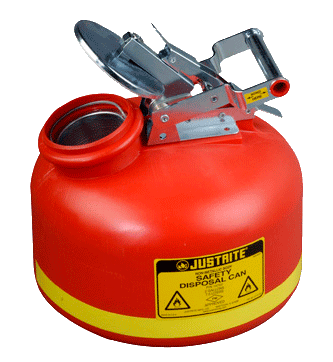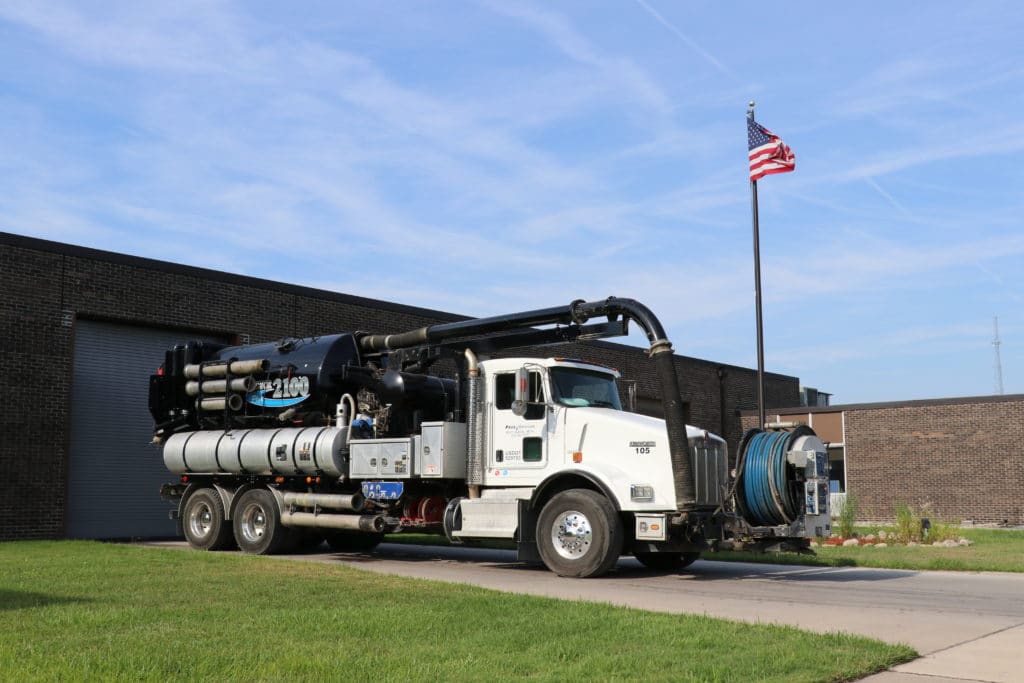Expert Liquid Waste Removal Melbourne: Maintaining Your Environment Clean
Expert Liquid Waste Removal Melbourne: Maintaining Your Environment Clean
Blog Article
Recognizing the Comprehensive Process of Fluid Waste Disposal: Ideal Practices and Environmental Effect Factors To Consider
The monitoring of liquid garbage disposal is a multifaceted problem that needs a complete understanding of different ideal techniques and their connected environmental influences. From the types of fluid waste created to the methods used for collection, treatment, and last disposal, each step plays a critical role in safeguarding communities and public wellness. As regulative requirements advance and technology developments, the discussion around these processes becomes significantly important. What effects do these modifications hold for future sustainability efforts, and how can stakeholders make certain that they are adequately resolved?
Sorts Of Liquid Waste
Understanding the different kinds of fluid waste is crucial for efficient management and disposal methods. Fluid waste can be broadly classified right into several kinds, each calling for special handling and therapy approaches.
Industrial fluid waste typically consists of harmful products, consisting of heavy steels, solvents, and chemicals, produced throughout making processes. These wastes require strict governing compliance to safeguard human wellness and the atmosphere. Domestic liquid waste primarily refers to wastewater created from homes, including sewer and greywater, which, although much less harmful, can still present significant threats if incorrectly taken care of.
Agricultural liquid waste, consisting of overflow from farms, usually includes fertilizers and pesticides that can lead to ecological destruction if not dealt with properly. Medical liquid waste, generated from healthcare centers, consists of polluted liquids such as physical fluids and chemicals, requiring specialized disposal methods to stop infection and environmental contamination.
Last but not least, oil and grease waste, typically created by restaurants and auto industries, can create extreme blockages in drain systems otherwise taken care of properly. Understanding these classifications facilitates targeted methods for treatment, conformity with regulations, and efficient disposal techniques, inevitably promoting environmental sustainability and public health safety.

Collection Methods
Effective collection methods are vital for the proper monitoring of fluid waste, making certain that it is collected securely and successfully prior to therapy or disposal. Different strategies are used relying on the kind of fluid waste produced, the quantity, and the details attributes of the waste.
One typical approach is the usage of specialized collection containers or sumps, which are created to catch fluid waste at the resource. These systems typically integrate pumps that facilitate the transfer of waste to larger storage containers or therapy centers. Additionally, mobile collection systems furnished with vacuum cleaner technology are utilized in circumstances where waste is created periodically or in hard-to-reach areas.
For commercial settings, closed-loop systems can effectively minimize spills and leakages, enabling the recuperation and reuse of liquid waste. It is likewise vital to educate personnel on correct collection procedures to reduce dangers connected with unsafe materials.
In addition, executing regular maintenance routines for collection devices makes certain optimal performance and security. The combination of innovative monitoring systems can improve collection effectiveness by offering real-time information on waste degrees and prospective hazards. Overall, effective collection methods are foundational to lasting liquid waste management methods.
Treatment Procedures
Treatment procedures play an important duty in the management of fluid waste, transforming potentially harmful materials right into secure effluents or multiple-use resources - liquid waste disposal. These procedures can be generally classified into physical, chemical, and organic techniques, each customized to deal with particular impurities existing in the waste stream
Physical therapy methods, such as sedimentation and filtering, job by eliminating suspended solids and particle matter. These techniques are typically the primary step in the therapy chain, effectively decreasing the tons on succeeding processes. Chemical link treatments involve using reagents to counteract unsafe compounds, speed up heavy metals, or oxidize natural contaminants, thereby boosting the safety and security of the effluent.
Organic therapy processes, including activated sludge systems and anaerobic digestion, maximize the natural capacities of microbes to deteriorate raw material. These approaches are particularly efficient for wastewater consisting of naturally degradable toxins. Advanced therapy modern technologies, such as membrane layer filtering and advanced oxidation processes, are significantly utilized to accomplish higher levels of purification.
Integrating a mix of these therapy approaches not just ensures conformity with regulative requirements but additionally promotes environmental sustainability by recouping useful resources from fluid waste.
Disposal Options
How can organizations make certain the risk-free and accountable disposal of fluid waste? Efficient disposal alternatives are important for guarding public health and wellness and the setting. The key methods include land disposal, treatment, and incineration followed by discharge into local wastewater systems.
Land disposal involves the cautious control of liquid waste in designated landfills, guaranteeing that it does not leach into bordering dirt or water. Incineration, on the various other hand, subjects fluid waste to high temperature levels, converting it right into ash and gases, which require proper filtering to decrease emissions. This technique appropriates for contaminateds materials that can not be treated through conventional means.
In cases where fluid waste can be dealt with, companies may select biological or chemical treatment procedures to reduce the effects of dangerous parts prior to releasing the treated effluent into metropolitan systems. This course usually aligns with regulative requirements, making certain that the effluent meets safety requirements.
Eventually, organizations should conduct comprehensive evaluations of each disposal choice to identify its stability, thinking about aspects such as waste structure, governing conformity, and possible dangers to wellness and the atmosphere. By choosing proper disposal methods, businesses can contribute to an accountable waste monitoring strategy.
Environmental Impact
The environmental impact of liquid garbage disposal is an essential factor to consider for organizations seeking to decrease their ecological footprint. click for info Incorrect disposal methods can cause significant contamination of water sources, dirt destruction, and damaging results on regional communities. For example, hazardous liquids can seep right into groundwater, presenting dangers to alcohol consumption water materials and aquatic life. Additionally, the discharge of neglected or improperly treated waste into surface area waters can result in eutrophication, causing oxygen exhaustion and the subsequent death of fish and various other microorganisms.

To alleviate these impacts, companies should embrace finest practices such as implementing extensive waste treatment processes, promoting recycling and reuse, and sticking to regulatory standards. By taking an aggressive technique to fluid waste monitoring, entities can considerably minimize their ecological footprint while sustaining sustainable advancement objectives. Inevitably, an extensive understanding of the environmental influences connected with liquid garbage disposal is essential for notified decision-making and accountable stewardship of natural sources.
Conclusion
Effective administration of liquid waste is critical for safeguarding environmental honesty and public health. Inevitably, an extensive understanding of fluid waste disposal not just mitigates ecological impacts but likewise fosters a commitment to accountable resource management and ecological stewardship.
The administration of fluid waste disposal is a multifaceted concern that needs a thorough understanding of various best practices and their linked ecological impacts. From the kinds you can check here of fluid waste generated to the techniques utilized for collection, therapy, and last disposal, each step plays a vital function in guarding ecosystems and public wellness.The ecological impact of fluid waste disposal is an important consideration for companies seeking to reduce their eco-friendly footprint. Ultimately, a comprehensive understanding of the ecological influences linked with fluid waste disposal is necessary for educated decision-making and responsible stewardship of all-natural resources.
Eventually, a detailed understanding of fluid waste disposal not just alleviates ecological effects but also promotes a dedication to responsible resource management and environmental stewardship.
Report this page